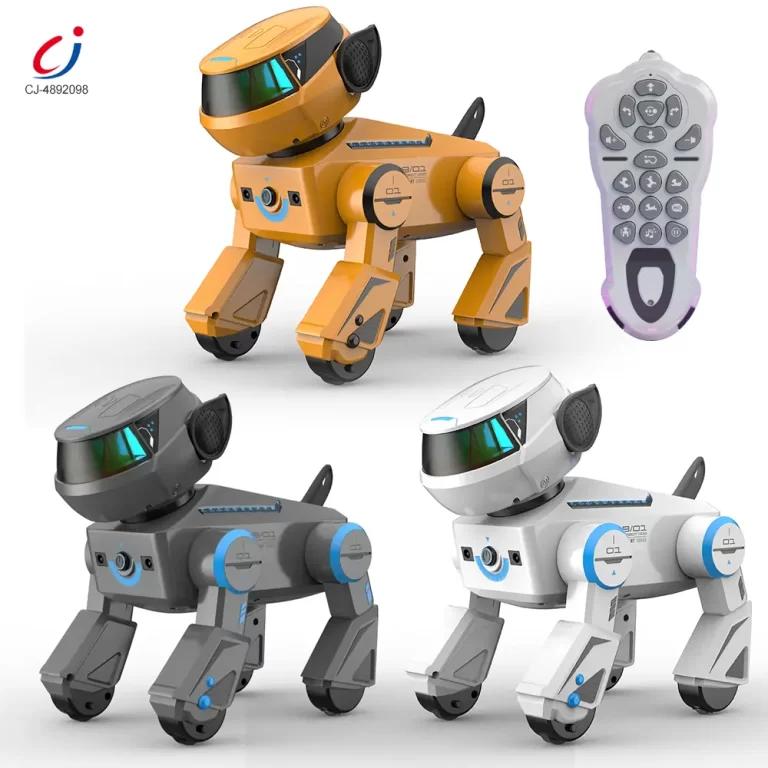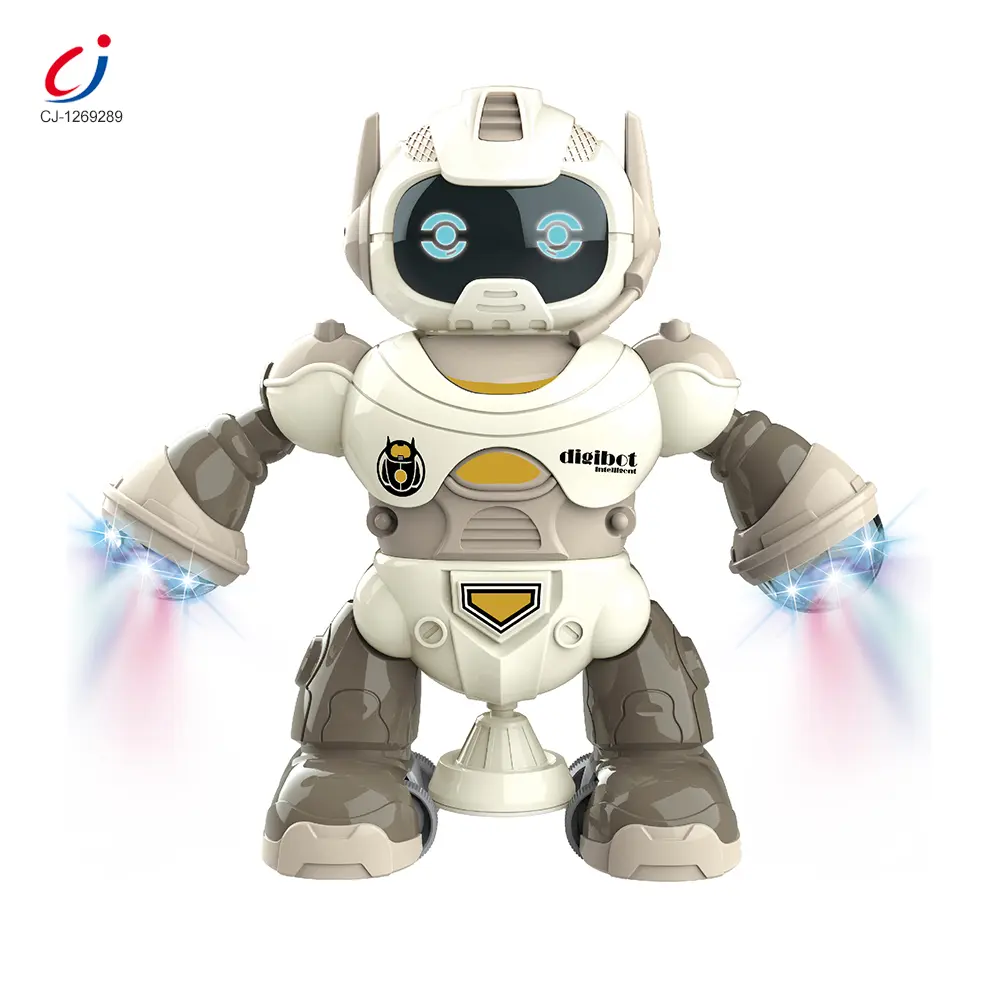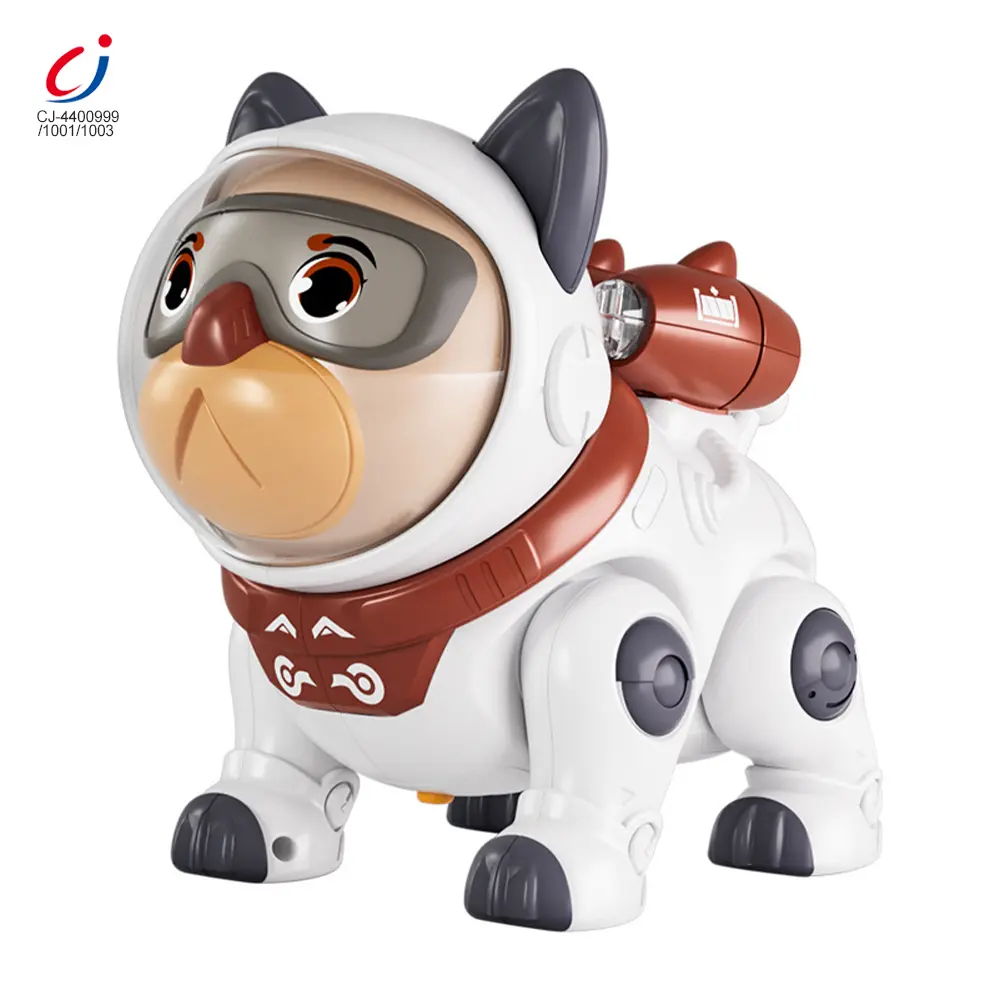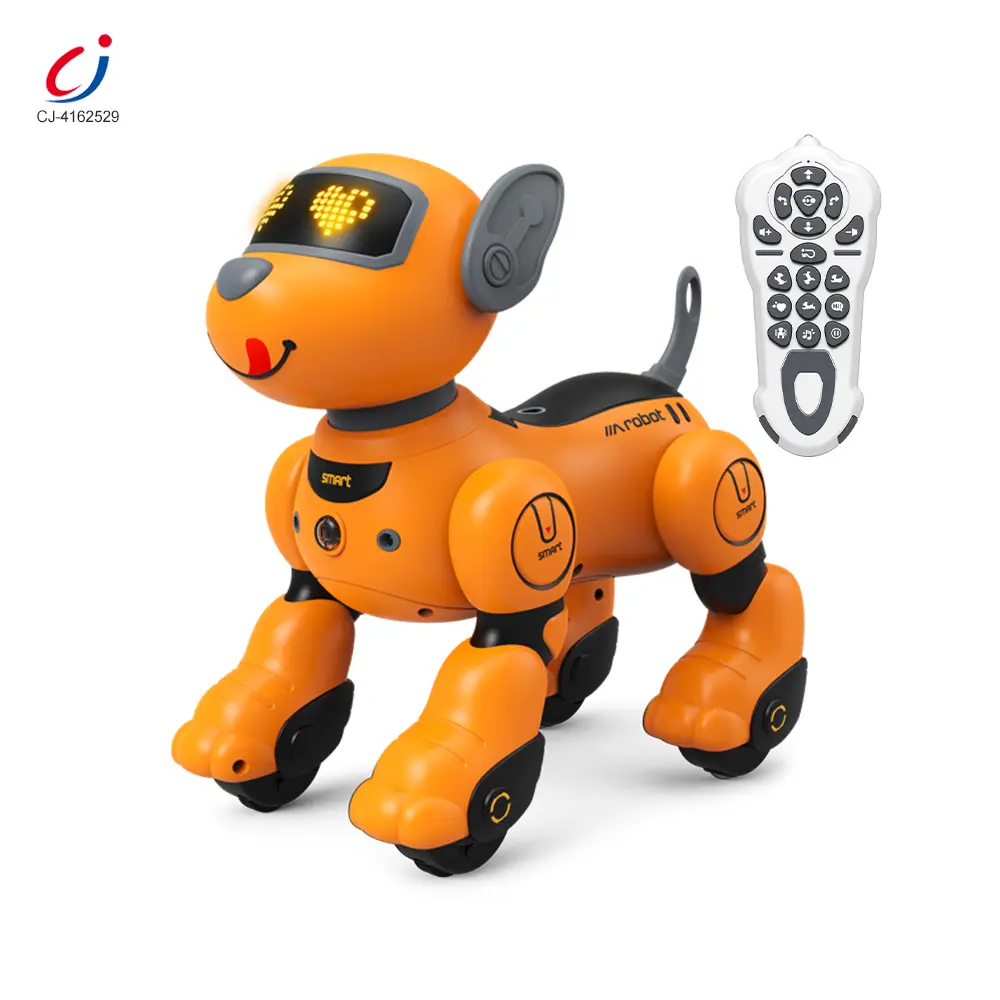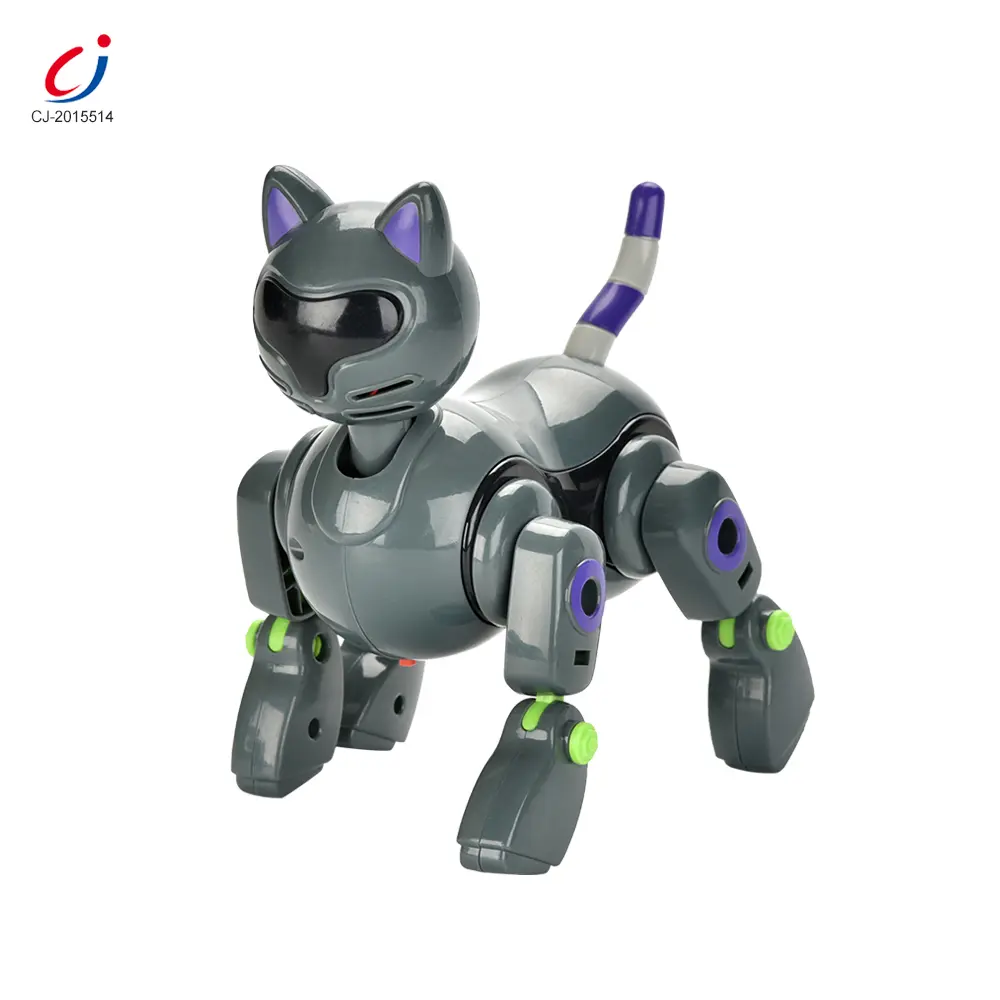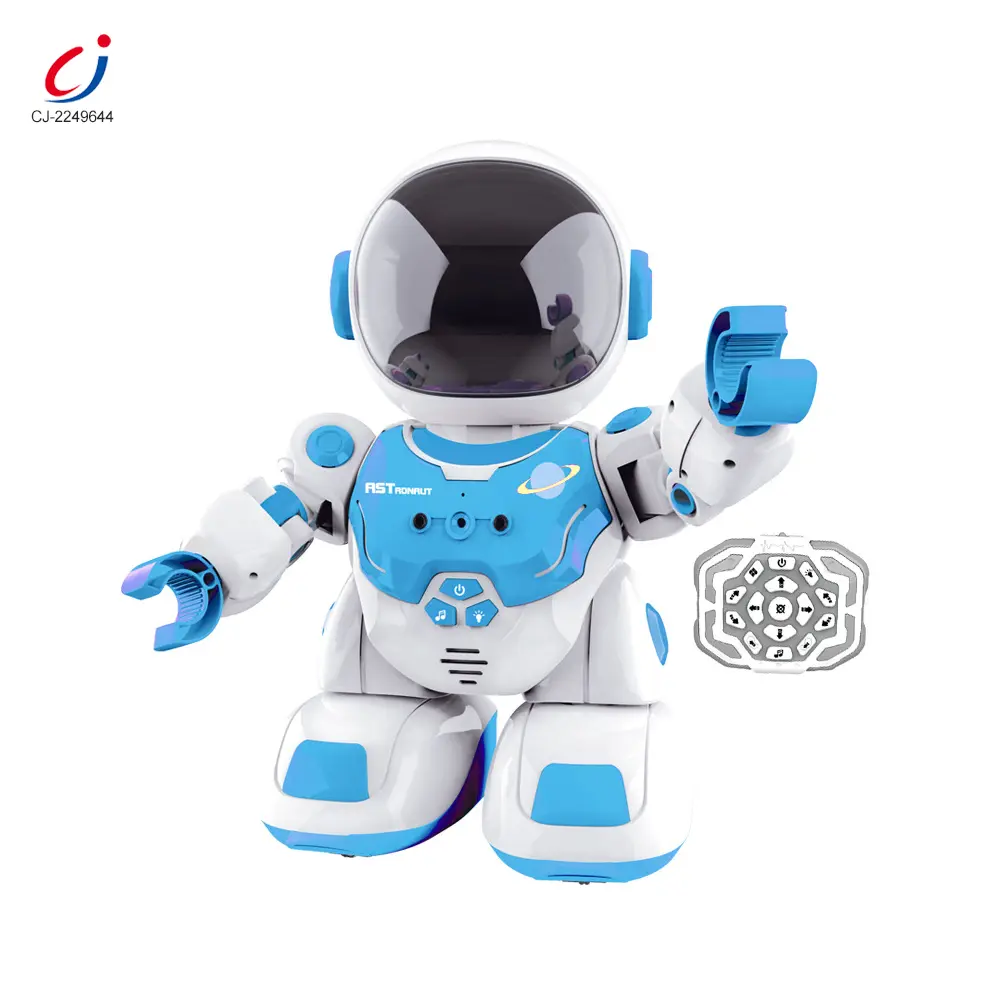Sous l'impulsion de l'innovation, de l'évolution constante des demandes des clients et d'une expansion responsable, le marché mondial du jouet se développe rapidement. Les fournisseurs, les producteurs et les revendeurs doivent connaître les tendances de l'industrie du jouet afin de bénéficier d'un avantage concurrentiel et de gagner la confiance des consommateurs étrangers.
Dans cet article, Chengji, un premier fournisseur de jouets, Le rapport de la Commission européenne sur l'industrie du jouet, qui sera publié en 2025, décrira les principales tendances de développement qui influenceront l'industrie du jouet en 2025 et fournira des informations du point de vue des fabricants.
Aperçu du marché et facteurs de croissance
Le marché international du jouet devrait représenter plus de $150 milliards d'euros d'ici 2025, avec une croissance à deux chiffres dans les économies en développement et émergentes. La numérisation, les dépenses d'éducation au stade de la petite enfance et l'augmentation des revenus disponibles modifient le comportement des consommateurs lorsqu'ils font leurs achats. Les fabricants et les vendeurs peuvent planifier leur production, répondre à la demande du marché et se lancer à l'international, en gardant un œil sur les tendances de l'industrie du jouet afin de ne pas manquer de grandes opportunités.
L'essor des jouets STEM et éducatifs
Les parents et les éducateurs optent pour des jouets qui soutiennent l'apprentissage STEAM et STEM, ce qui permet aux enfants de développer une pensée critique et des compétences créatives dès leur plus jeune âge. Cela est tout à fait révélateur des tendances plus larges de l'industrie du jouet vers le jeu d'apprentissage, où les jouets ne sont pas seulement conçus pour être divertissants, mais aussi pour soutenir l'apprentissage chez les enfants. Les entreprises qui intègrent les bases de la science, de la technologie et de l'art dans les jouets devraient dominer le marché d'ici 2025.
Actions du fabricant : Créez des kits modulaires dont la difficulté est réglable, regroupez les cours ou les guides de cours et fournissez des kits de démonstration pour les enseignants et les détaillants. Mettre en évidence les résultats de l'apprentissage sur l'emballage et indiquer la conformité aux normes.
Durabilité : Matériaux et emballages écologiques
Le développement durable n'est plus un slogan, c'est une nécessité. Aujourd'hui plus que jamais, les consommateurs exigent des jouets fabriqués à partir de matériaux recyclés, biodégradables ou cultivés de manière durable, ainsi que des emballages simples et écologiques. Tous les fabricants et fournisseurs doivent être conscients des tendances de l'industrie du jouet en matière de durabilité, qui impliquent la reconception des lignes de production, l'utilisation de matériaux certifiés et l'étiquetage ouvert des processus environnementaux afin d'obtenir la confiance des clients.
Actions du fabricant : Délivrer une déclaration de matériaux (COA), passer à un emballage mono-matériau pour la recyclabilité, fournir des plans de recyclage ou de réparation, et donner la priorité à la durabilité dans la conception pour justifier une prime.
Jouets intelligents et intégration de la technologie
Le développement rapide de l'IA (intelligence artificielle), de l'IoT (Internet des objets) et des applications mobiles est en train de remodeler l'industrie du jouet. Les jouets intelligents qui interagissent avec les enfants, s'adaptent à leur rythme d'apprentissage ou se connectent aux smartphones sont les chefs de file des tendances de l'industrie du jouet. La technologie offre de nouvelles possibilités d'amusement interactif, mais les entreprises doivent trouver un équilibre entre l'innovation et les exigences en matière de sécurité et de confidentialité, ainsi que la conformité aux réglementations en matière de cybersécurité.
Actions du fabricant : Concevoir des méthodes de connectivité des données sécurisées et minimales (garantissant la protection de la vie privée dès la conception), planifier les micrologiciels et les canaux de mise à jour, et fournir aux parents des déclarations claires sur la protection de la vie privée et l'utilisation des données. Collaborer avec des fournisseurs de plateformes de confiance afin d'accélérer la mise sur le marché des produits.
Licences et objets de collection - La puissance de la marque
L'une des tendances les plus rentables de l'industrie du jouet en 2025 est l'essor des produits sous licence et des objets de collection. Les grandes franchises de divertissement issues de jeux vidéo, de films et d'émissions télévisées sont devenues les principaux moteurs de revenus pour les marques de jouets. Les entreprises qui collaborent avec des sociétés de divertissement ou qui créent des collections limitées peuvent stimuler la mémorisation d'une marque et favoriser les achats répétés sur un marché concurrentiel.
Actions du fabricant : Élaborer des plans de production flexibles pour les UGS autorisées, assurer des essais à petite échelle avant la production complète et utiliser les lignes de production autorisées pour stimuler le trafic des produits de marque propre de Changqing.
Marchés émergents et mondialisation
Les marchés émergents d'Asie-Pacifique, d'Amérique latine et d'Afrique offrent un vaste potentiel de croissance. Les fabricants de jouets qui suivent les tendances en matière de jouets et qui régionalisent leurs produits en fonction des prix et des cultures locales bénéficieront d'un avantage concurrentiel. La mondialisation offre également aux fabricants des certifications de sécurité complexes, des défis logistiques et des défis marketing à relever pour réussir à l'étranger.
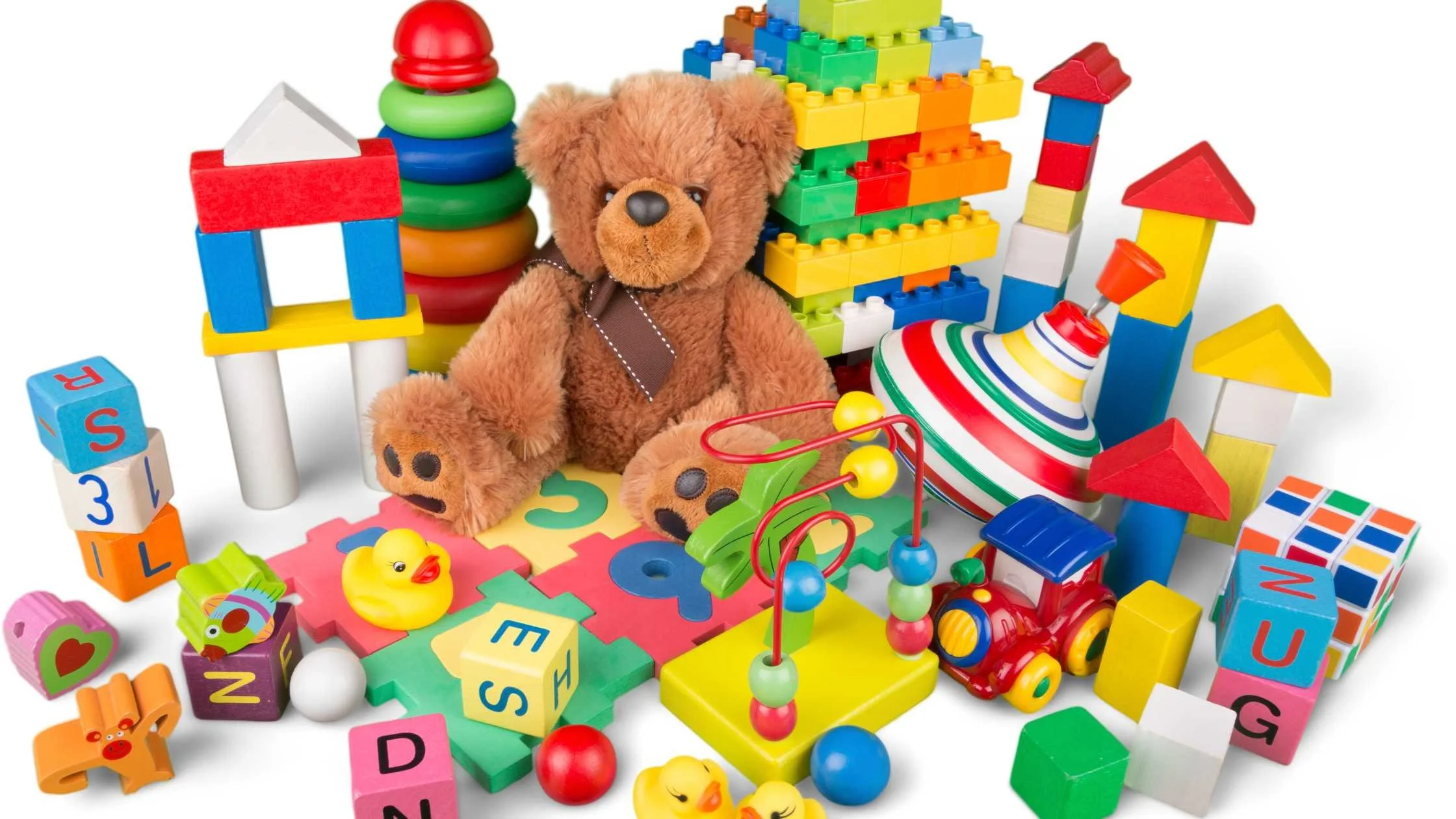
Actions du fabricant : Segmenter les UGS par région, localiser l'emballage et l'étiquetage, et planifier la conformité (matrice de test) par marché dès le début du développement.
Marketing numérique et expansion du commerce électronique
Le commerce électronique a transformé l'industrie du jouet, les petites marques pouvant facilement rivaliser au niveau mondial. Selon l'industrie du jouet, les tendances du marketing numérique, telles que les programmes d'influence, le contenu vidéo et le commerce social, peuvent contribuer à étendre la portée des produits. Les fabricants doivent également optimiser le référencement des pages produits avec des mots clés, des spécifications complètes et des images interactives pour attirer l'attention des acheteurs sur l'internet.
Actions du fabricant : Investissez dans des photographies professionnelles de vos produits, des descriptions optimisées pour le référencement et des listes multilingues afin d'attirer les acheteurs du monde entier. Ils peuvent également collaborer avec des personnes influentes pour mener des campagnes publicitaires ciblées afin d'accroître la visibilité et de stimuler les ventes en ligne.
Focus sur la sécurité et la conformité
La sécurité est un élément essentiel dans le secteur du jouet. Alors que les tendances de l'industrie du jouet ne cessent d'évoluer, les exigences mondiales en matière de conformité réglementaire, telles que EN71, ASTM et CPSIA, deviennent de plus en plus strictes. Pour s'y conformer, les fabricants sont contraints de consacrer des sommes importantes aux coûts des tests, aux contrôles de qualité et aux systèmes de traçabilité. Les certifications de sécurité ne sont pas seulement une exigence légale, mais aussi un élément important de l'authenticité de la marque et de la fidélisation de la clientèle.
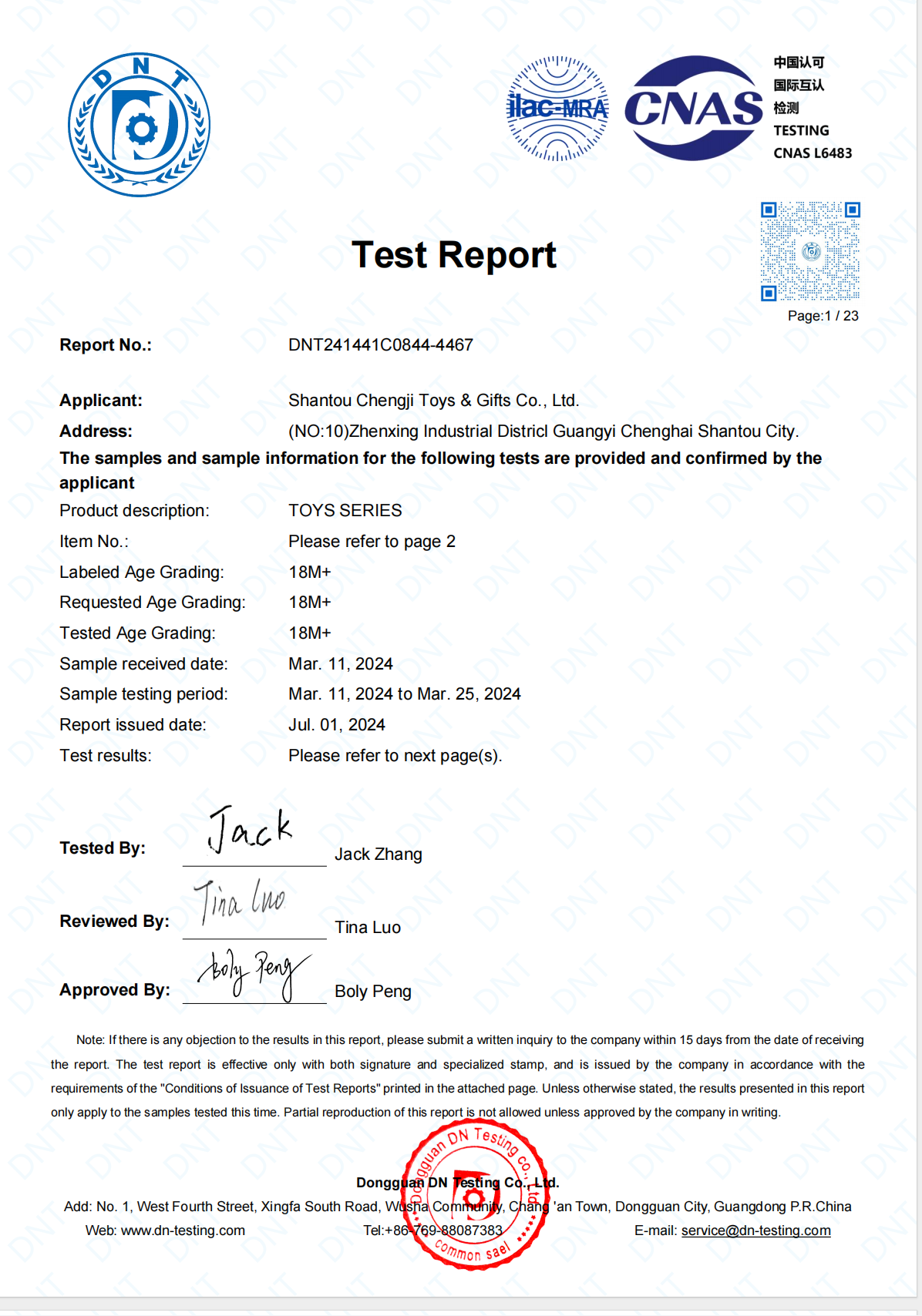
Actions du fabricant : Établir des procédures de test internes conformes aux normes EN71, ASTM et CPSIA afin de détecter et de traiter les risques à un stade précoce. Elles devraient également mettre en place un système de traçabilité numérique pour s'assurer que chaque lot de produits répond aux normes de conformité et renforcer la réputation de la marque.
Inclusion et représentation dans la conception des jouets
L'inclusion et la diversité façonnent les tendances de l'industrie du jouet, les parents choisissant des jouets qui reflètent des cultures, des capacités et des identités multiples. Les entreprises qui innovent en matière de représentation dans la conception des jouets (poupées de différentes couleurs de peau, ensembles de jeux non sexistes) font une déclaration de responsabilité sociale tout en présentant un éventail plus large de clients.
Actions du fabricant : Pour parvenir à l'inclusion et à la diversité dans la conception des jouets, les fabricants devraient consulter des thérapeutes et des éducateurs lorsqu'ils conçoivent des jouets adaptés, tout en enrichissant la diversité des poupées et des scènes de jeu, et en indiquant clairement les informations relatives à l'accessibilité sur les pages des produits.
Conclusion
Pour rester compétitif en 2025, il faut non seulement être créatif, mais aussi intégrer stratégiquement les tendances de l'industrie du jouet en matière d'éducation, de durabilité, de technologie et de sécurité. Les fabricants et les fournisseurs qui innovent constamment tout en maintenant la qualité et la conformité occuperont la position la plus avantageuse et prospéreront sur ce marché dynamique.
À propos de Chengji

En tant que le meilleur fournisseur de jouets de Chine, Chengji se consacre à la fourniture de solutions de jouets sûres, écologiques et innovantes, adaptées aux besoins du marché mondial. Associez-vous à nous pour donner vie à vos idées en matière de jouets et saisir les opportunités de demain.
Nous disposons d'une large gamme de catégorie de jouets, Les achats sont les bienvenus. En outre, nous offrons solutions personnalisées pour les jouets pour satisfaire vos besoins en produits spéciaux. Contactez-nous pour obtenir des informations gratuites dès maintenant !



